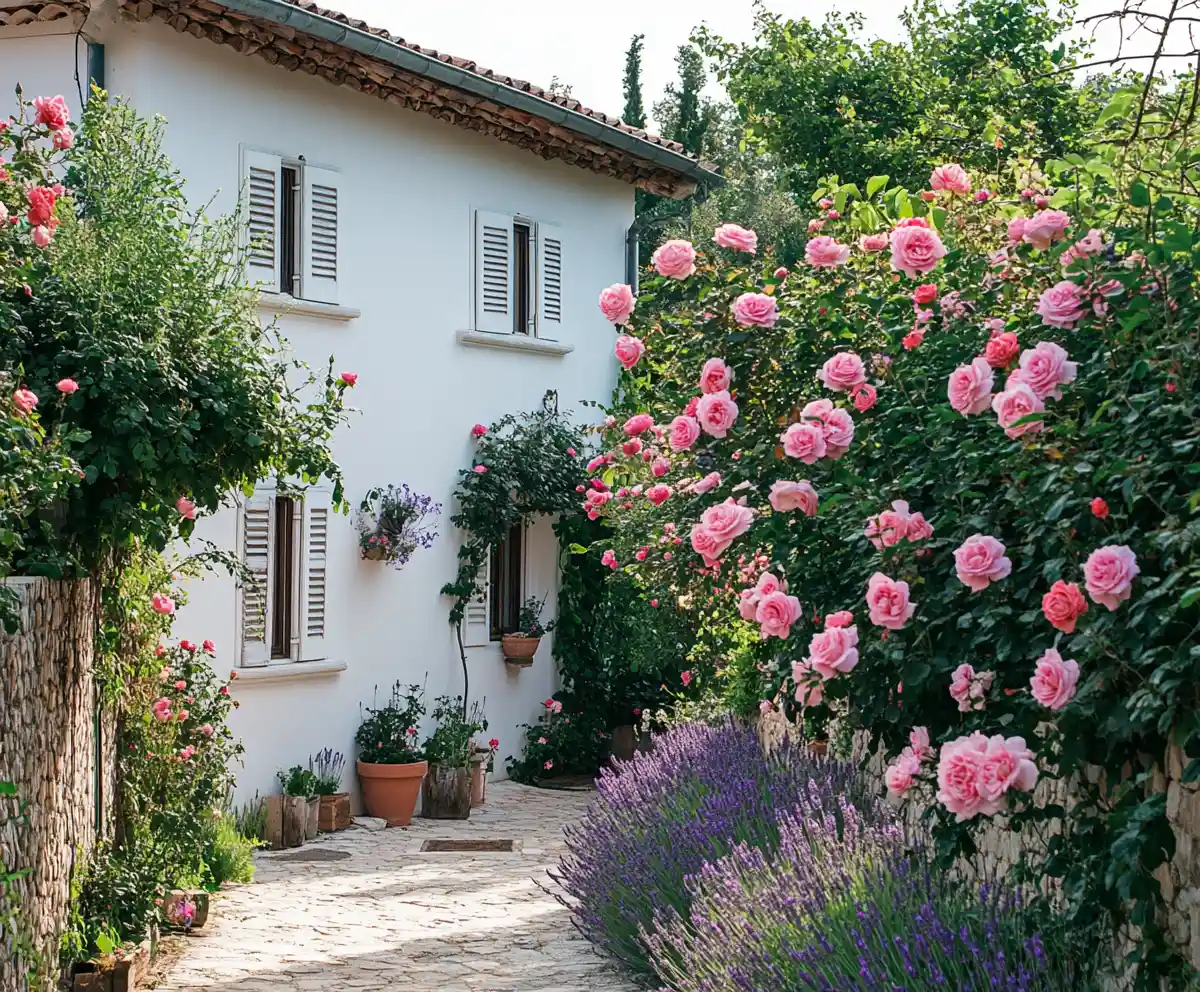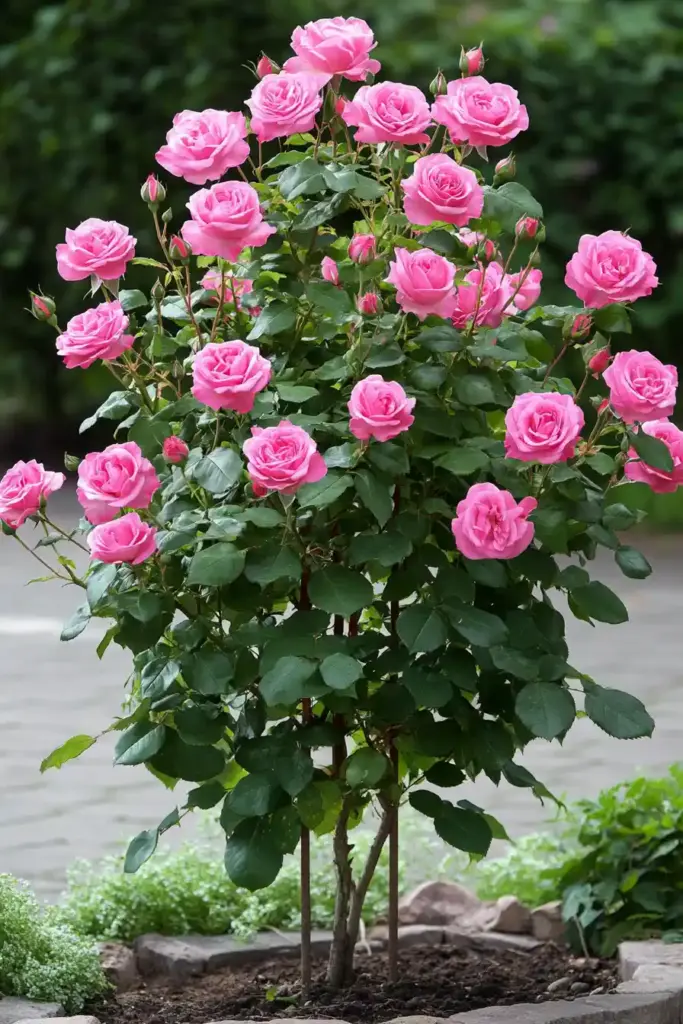Tree roses, with their whimsical charm and sculptural beauty, can instantly elevate the look of any garden. These elegant bloomers — also called standard roses — are not only garden showstoppers, but also demand a bit more attention than your typical rose bush. When properly maintained, they’re pure magic. Neglect them, though, and they can quickly turn into a scraggly mess.
In this guide, you’ll discover everything you need to successfully grow and care for tree roses — from planting to winter protection — so they stay lush, vibrant, and structurally sound year-round.
📘 What You’ll Learn
Here’s what this guide will walk you through:
- What exactly is a tree rose?
- How to plant and grow one successfully
- Key pruning tips for shape and health
- Winter protection strategies
- Popular varieties worth growing
- The best landscape and container uses
Ready to give your garden a dramatic makeover? Let’s dig in.
🌳 What Is a Tree Rose?
Despite their name, tree roses aren’t trees at all. They’re actually rose bushes that have been trained into a tree-like shape by grafting a flowering rose variety onto a tall, straight stem, which is itself grafted onto a rootstock. The result? A living floral lollipop of sorts — a rose “tree” with a head full of blooms perched high on a bare stem.
Anatomy of a Tree Rose:
- Rootstock: Commonly ‘Dr. Huey,’ Rosa multiflora, or R. canina – chosen for strength and disease resistance.
- Grafted Stem: The tall, straight trunk that gives the plant its tree form.
- Scion (Top): Usually hybrid teas, floribundas, or grandifloras — the flowering head.
Common Shapes:
- Standard: One large ball of blooms at the top.
- Tiered Trio: Three smaller “balls” stacked at intervals.
- Weeping: Cascading branches from groundcover or climbing roses.
Creating these beauties takes years of careful grafting. Most are sold either bare root or potted, and they’re generally offered in the standard shape unless noted otherwise.
🌱 Growing Tree Roses: How to Plant and Support Them

Tree roses might look like garden royalty — and they do demand a bit of royal treatment — but if you follow a few essential steps, they’ll reward you with season after season of floral drama.
🌿 Where and How to Plant
Tree roses are grown just like shrub roses, but with a few key considerations:
- Choose a sheltered spot: Avoid windy areas. These tall, top-heavy plants can topple easily.
- Sunlight needs: At least 6 hours of direct sunlight daily.
- Soil: Well-draining, loamy soil enriched with compost works best.
🌱 Bare Root vs. Potted:
- Bare Root: Plant with the bud union slightly above the soil line in mild climates, and 1–2 inches below soil level in colder zones (Zone 7 and below).
- Potted: Plant at the same depth it was growing in the pot.
🪵 Staking Is a Must — No Exceptions
Because tree roses are top-heavy, staking is absolutely essential. An unstable plant can break or lean permanently.
Best Practices for Staking:
- Use sturdy stakes – Opt for metal rebar or thick hardwood. Avoid bamboo or plastic.
- Anchor deep – Stake should go at least 12″ into the ground and extend into the rose canopy.
- Secure with flexible ties – Nylon stockings, soft rubber, or commercial plant ties are ideal. Never use wire.
💡 Pro Tip: Wrap the stake with green garden hose to protect the bark and blend it with foliage.
Check ties regularly to avoid cutting into the stem, and adjust as the rose grows. In heavy snow areas, gently shake snow off to prevent breakage.
✂️ Pruning Tree Roses: Keeping Them Healthy and Beautiful
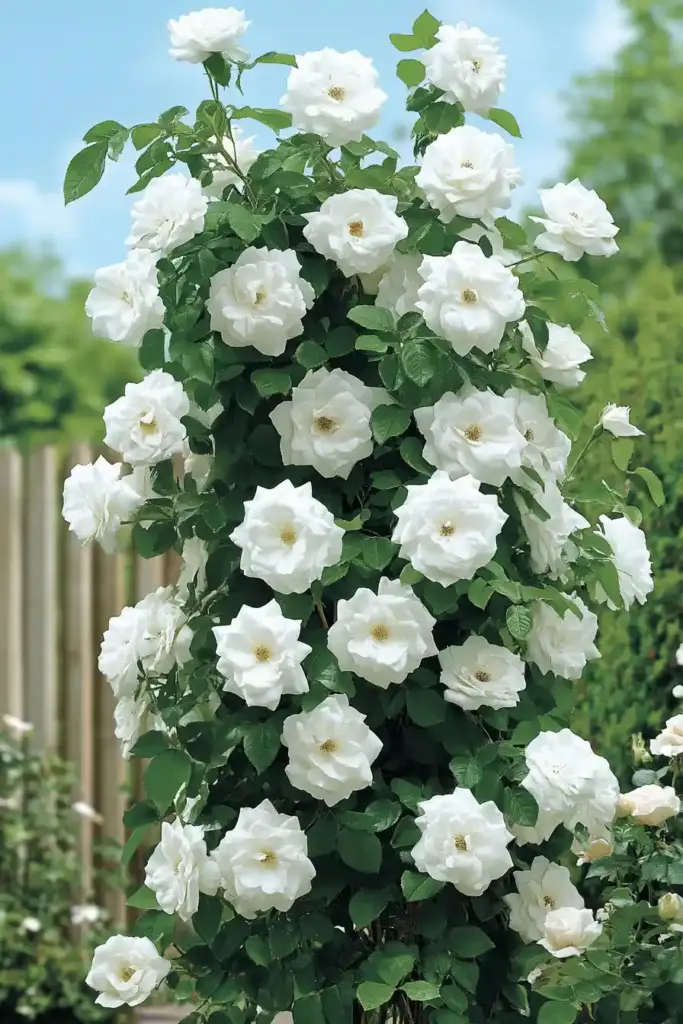
Pruning isn’t just about looks — it’s critical for the health, shape, and longevity of your tree rose. Regular trimming prevents disease, promotes fuller blooms, and stops unwanted growth like suckers from taking over.
🌿 Why Pruning Matters
Tree roses are grafted plants, so maintaining the structure is crucial. If neglected, suckers (those sneaky shoots from the rootstock) can overtake the entire plant, especially with vigorous types like ‘Dr. Huey’.
🌹 How to Prune Your Tree Rose
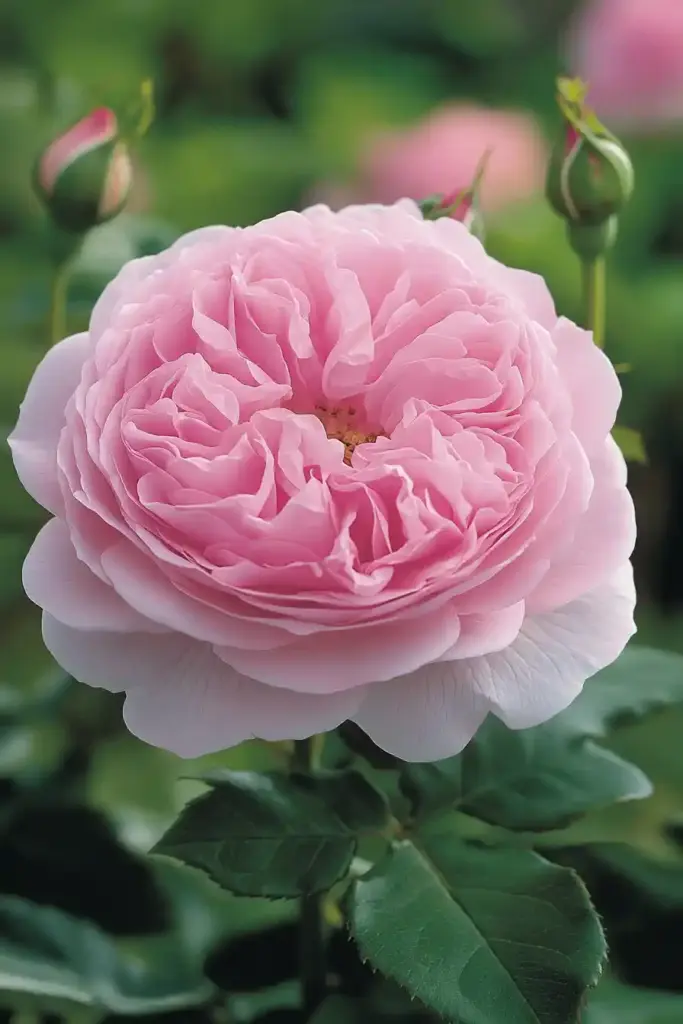
🧼 1. Remove Suckers Regularly
- These shoots often appear below the graft union or even from underground.
- Tear, don’t just cut – Gently pulling them off helps remove part of the base and prevents regrowth.
- If suckers sprout from below ground, dig down to the source and remove fully.
🌱 2. Choose Your Style: Topiary vs. Natural
- Topiary shape:
- Prune in late winter before new growth.
- Deadhead and lightly trim in summer to maintain symmetry.
- Natural shape:
- Remove dead, diseased, or crossing canes throughout the year.
- In winter, thin out about one-third of the canopy to open airflow.
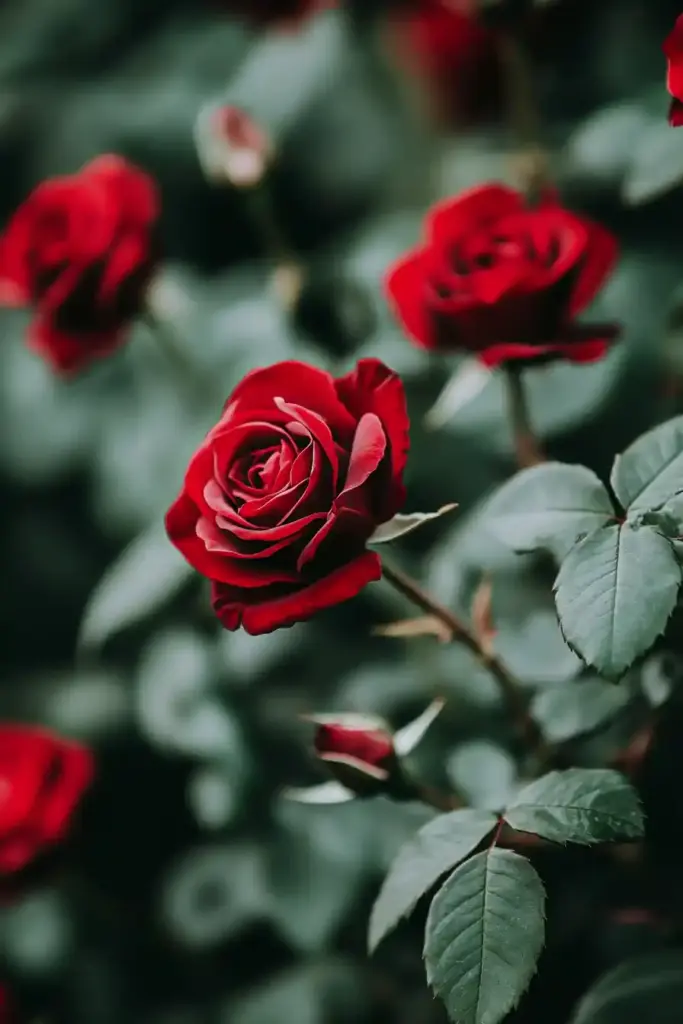
✨ Want a more informal look? Skip the rigid shaping and treat the crown like a shrub rose instead — just keep it tidy and balanced.
✂️ Pruning Don’ts
- Don’t prune heavily in summer.
- Don’t ignore suckers — especially if your rootstock is ‘Dr. Huey’.
A well-pruned tree rose is not just a visual delight; it’s also far more likely to stay upright, bloom better, and resist disease.
❄️ Winter Care: Protecting Tree Roses from the Cold
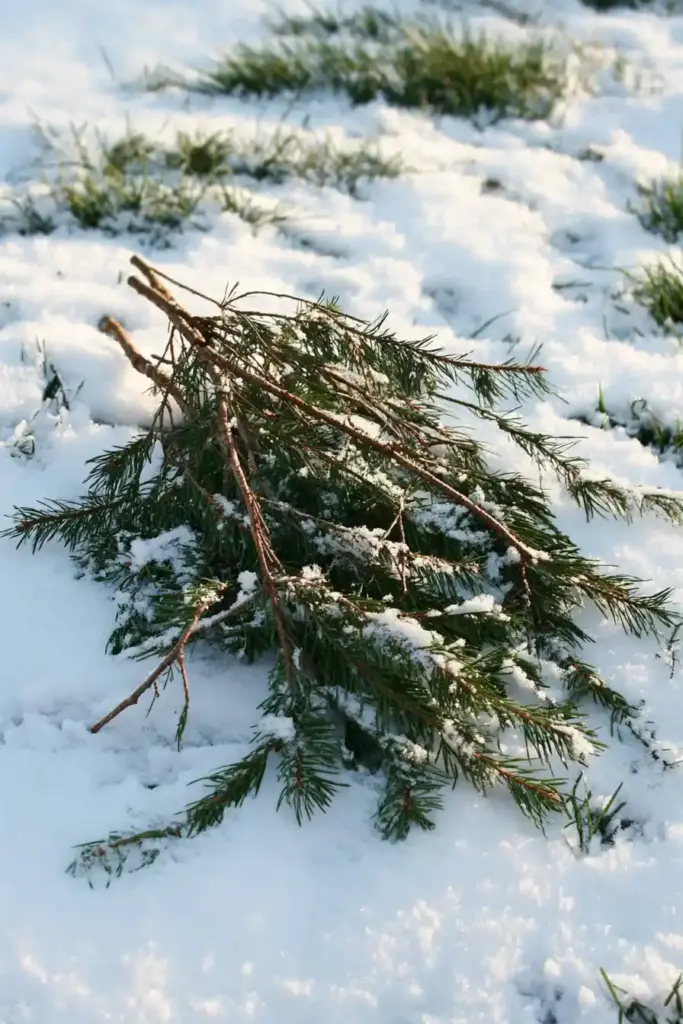
Tree roses might look tough, but they’re not exactly frost-hardy warriors. Their tall, grafted structure makes them especially vulnerable in freezing temperatures, so winter protection is a must — especially in Zones 6 and below.
🧣 Wrap, Cover, or Bury?
In Mild to Moderate Winter Zones:
- Wrap the stem and top with burlap or frost cloth.
- Pile pine boughs or mulch around the base for added insulation.
In Cold Winter Zones (Zone 6 and below):
- Prune the canopy back by half to reduce weight and breakage risk.
- Use both burlap and mulch to protect the graft union and stem.
- Alternatively, grow tree roses in containers so you can move them indoors or into a sheltered garage or shed during the coldest months.
Extreme Cold Option:
- Trench Method:
- Dig a trench about 12″ deep.
- Lay the pruned rose on its side in the trench.
- Cover with mulch, soil, or pine boughs until spring.
🧤 Pro Tip: Always label your plant clearly before winter hits — buried or wrapped roses can be easy to lose track of in the snow!
By taking the time to winterize your tree roses, you’ll ensure they bounce back strong and beautiful when spring rolls around.
🌼 Recommended Tree Rose Varieties

Tree roses are all about impact — and the variety you choose plays a big role in both aesthetics and maintenance. Whether you’re after low-fuss charm or show-stopping blooms, there’s a tree rose that fits the bill.
🌿 Low-Maintenance & Cold-Hardy Picks
These varieties are ideal for gardeners in colder zones or anyone wanting less upkeep without sacrificing beauty.
- ‘Polar Joy’
- Why it stands out: This rose is grown on its own roots — not grafted — which means no suckers and incredible winter hardiness.
- Bloom style: Small, soft pink flowers with yellow centers.
- Bonus: Disease-resistant and extremely reliable.
- ‘Renae’
- Type: Weeping form with soft, cascading branches.
- Bloom style: Light pink, semi-double, and deliciously fragrant.
- Perks: Thornless, hardy, and graceful — great for romantic gardens.
🌸 Eye-Catching, Showier Choices
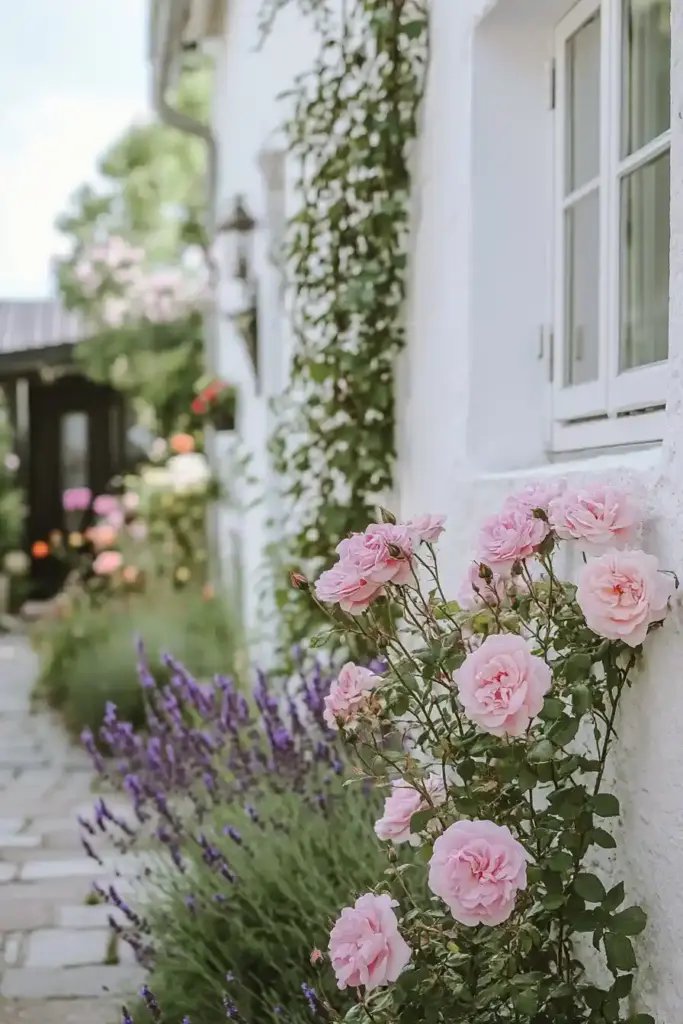
Looking to make a big statement? These bold bloomers are gorgeous garden focal points.
- ‘Silver Jubilee’
- Bloom style: Big, double blossoms in a warm apricot-pink hue.
- Fragrance: Strong and sweet — a classic showstopper.
- ‘Blessings’
- Type: Hybrid tea.
- Color: Soft salmon pink.
- Bonus: Repeat bloomer — keeps coming back for more!
- ‘Olivia Rose Austin’
- Color: Classic, cupped pink blooms.
- Perks: Pest and disease-resistant with a strong rose scent.
- Style: Ideal for romantic and cottage-style gardens.
- Knock Out® Series
- Why we love it: These roses are bred for low maintenance and high color impact.
- Colors: Available in red, pink, and yellow.
- Great for: Beginners or anyone short on time.
🌟 Pro Tip: Pair dramatic top blooms with low-growing or trailing companion plants in containers for an even more dazzling display.
🌿 Best Uses: Where Tree Roses Shine in the Garden
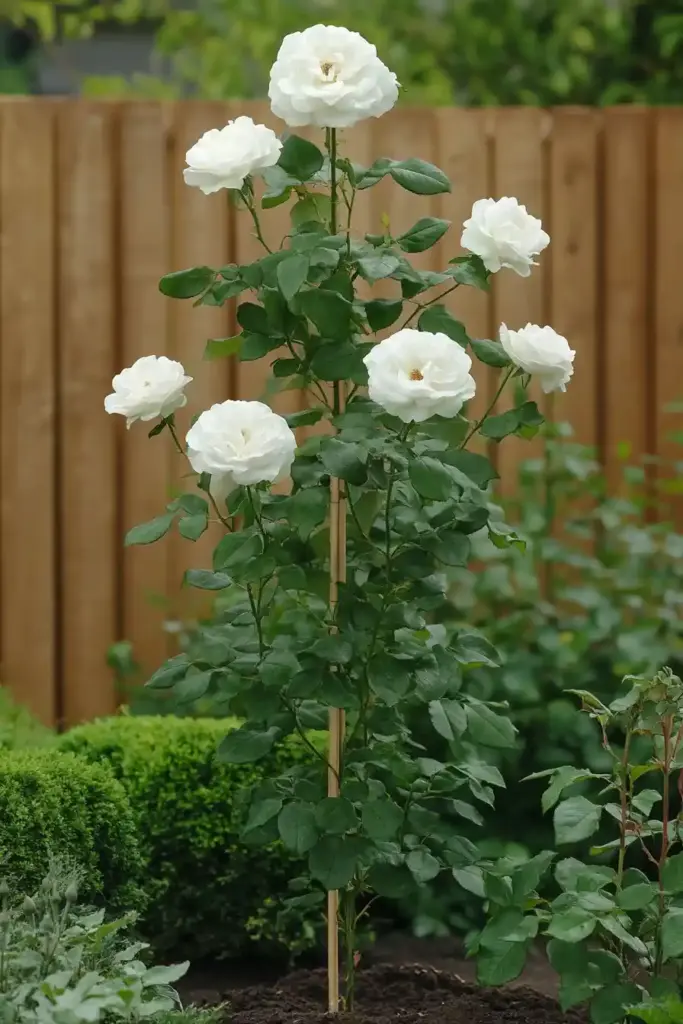
Thanks to their upright form and vibrant blooms, tree roses are natural showpieces. Whether you’re working with a grand garden or a cozy patio, these beauties can find a home just about anywhere — with a bit of creativity.
🌸 Garden Focal Points
- Plant a single tree rose as a centerpiece in a flower bed or courtyard.
- Use them as anchor plants in a formal garden design — perfect for symmetry and structure.
🚶 Pathways & Borders
- Line pathways or fences with matching tree roses to create a romantic, inviting walkway.
- Alternate with boxwood or lavender for added contrast and fragrance.
🌿 Containers & Patio Displays
- Tree roses in large pots can elevate patios, decks, or small-space gardens.
- Add trailing plants like sweet potato vine, petunias, fuchsia, or creeping Jenny at the base for a layered, lush look.
🪴 Container Tip: Choose a sturdy pot (5–15 gallons) with good drainage. It should be heavy enough to resist tipping in strong winds — and don’t forget the stake!
✅ Conclusion: Garden Elegance with Tree Roses
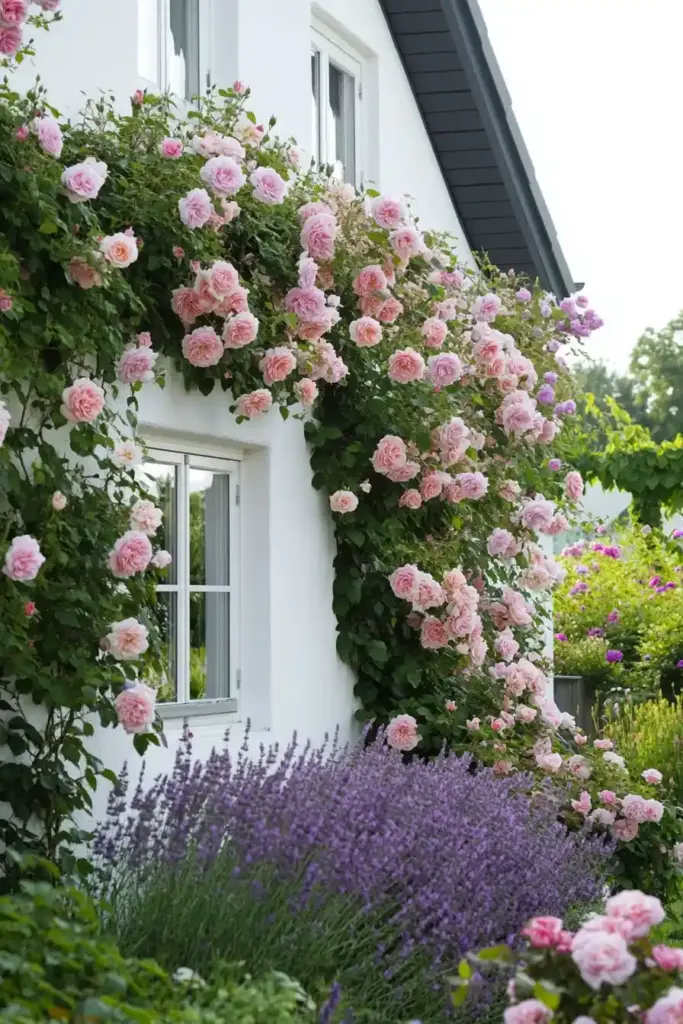
Tree roses bring timeless elegance and vertical drama to any outdoor space. When planted with care, staked properly, pruned regularly, and protected in winter, these rose standards can truly transform your landscape into a scene from a botanical fairytale.
Let them shine as focal points, border guardians, or container queens — just don’t neglect them, or their beauty can fade fast. With a bit of love and routine care, your tree roses will flourish year after year.

